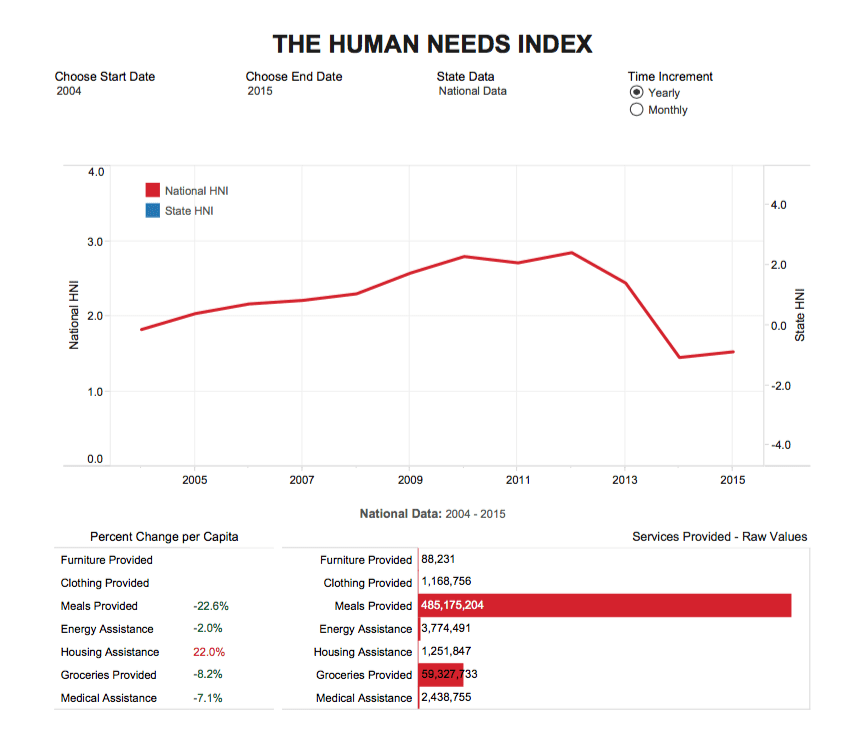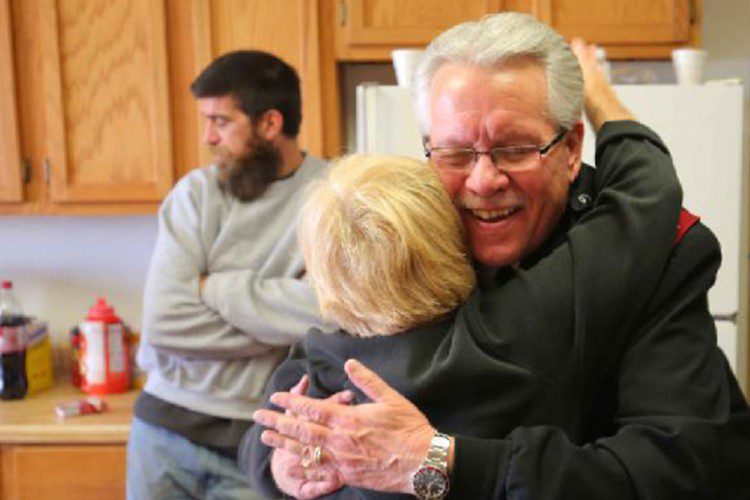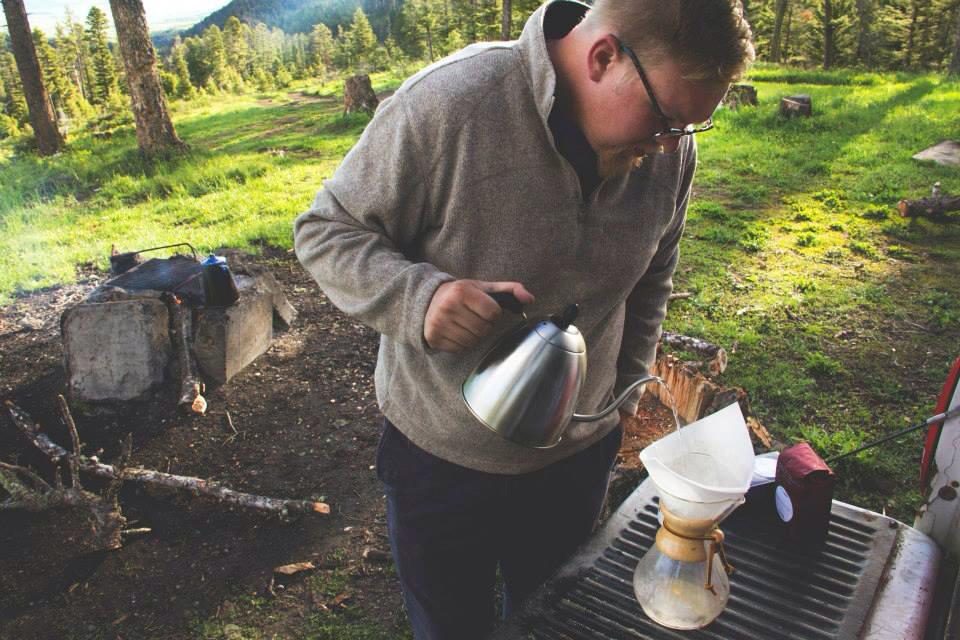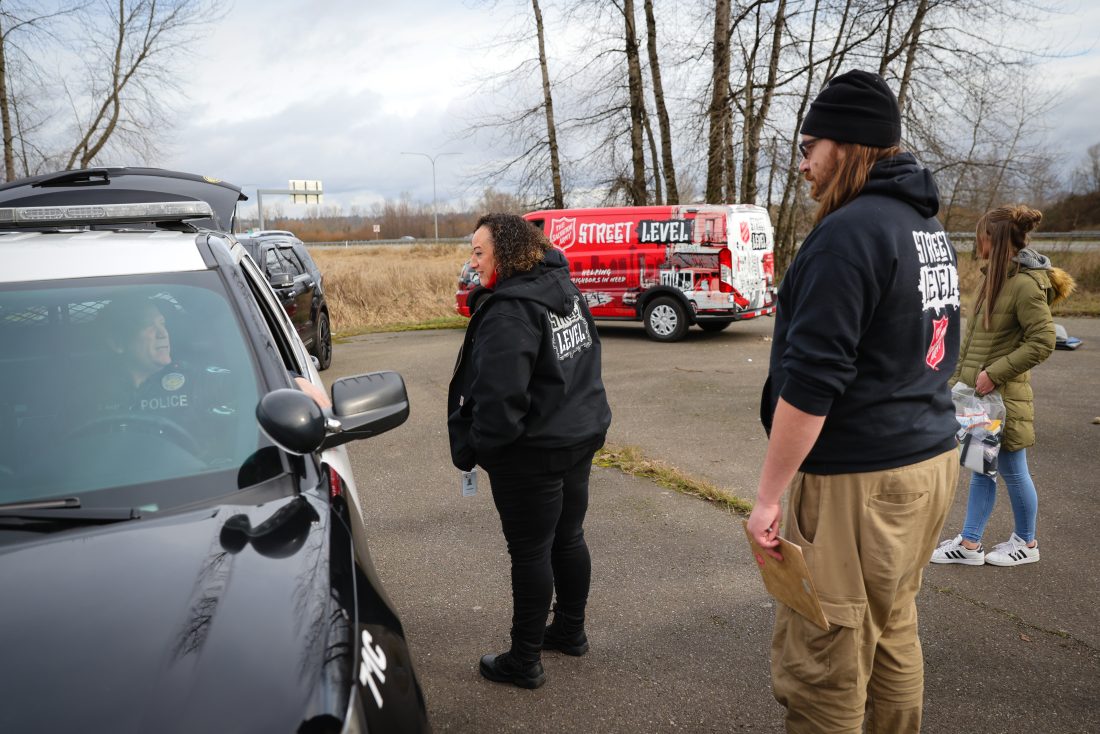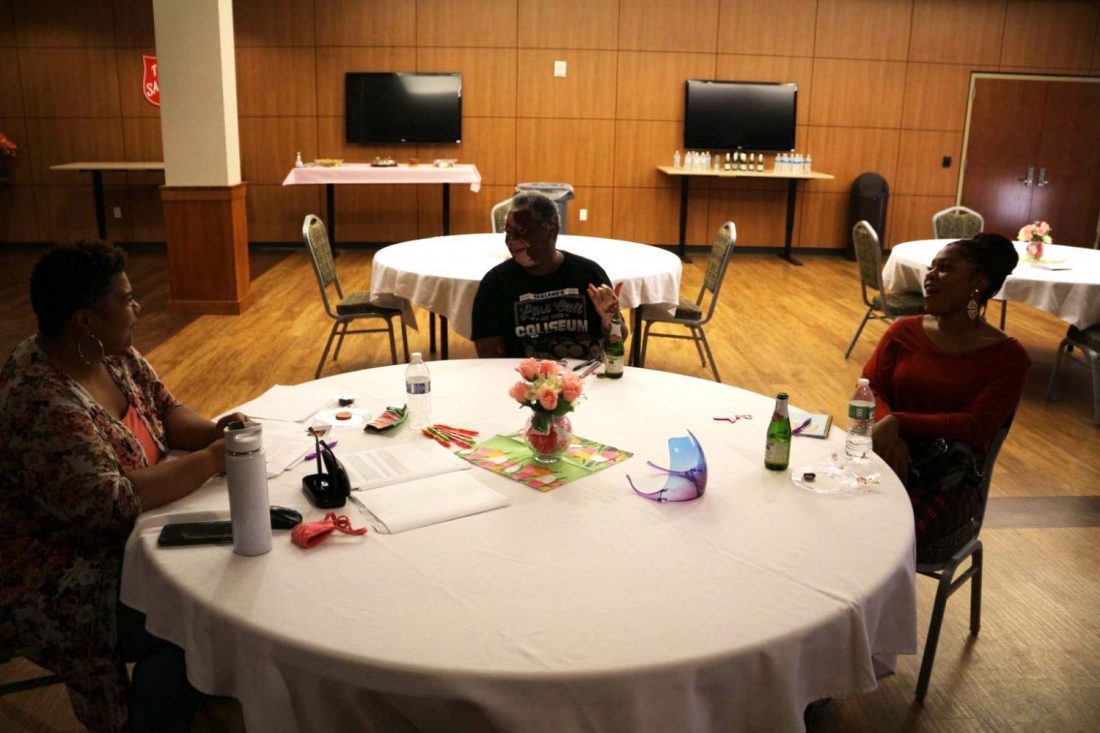In partnership with the Lilly Family School of Philanthropy, the Human Needs Index provides an in depth look at poverty in the U.S. through The Salvation Army.

It’s sort of like having some great photos on your phone. What do you do with them all? And if you’re posting them on social media, how do you make sure they represent the best version of yourself?
The Salvation Army had a similar issue surrounding statistics that are collected around the country. The impact the Army has in the communities in which it serves is documented once a year in annual reports, and yet there are so many variables, so much information that could be more effectively leveraged to tell the Army’s story. But how?
Enter, circa mid-2000s, several National Advisory Board (NAB) members, a few staff from National Headquarters and staff from the Indiana University Lilly Family School of Philanthropy. The latter, established in 2012, is the world’s first school dedicated solely to the study and teaching of philanthropy and nonprofits. Named for one of America’s great philanthropic families, the school plays a leading role in moving philanthropy forward across the country and around the world.
At a time when reports were becoming more popular on how to talk about poverty, the school wondered how The Salvation Army could be part of the broader discussion on mitigating poverty. The Salvation Army was dedicated to improving the understanding of poverty in the United States. However, the government provided much of the information on poverty, not the nonprofit sector. In addition, poverty had been defined in terms of income, not human needs. The time was right for the Army to enter into the national conversation.
Together, the group worked to create the Human Needs Index (HNI)—the first comprehensive, multi-dimensional measure of poverty in the United States from the nonprofit perspective. The index was released at a press conference at The National Press Club earlier this year. The monthly data going back to 2004 illuminates trends in poverty and vulnerability and offers a critical new tool for policymakers, social services providers and researchers.
“With the Great Recession, there is growing attention on poverty and vulnerability in the U.S. There is also some concern that government statistics on poverty tends to be available with a lag, so two or three years later we will know how poverty evolved in a particular community,” said Dr. Una Osili, director of research and professor of economics and philanthropic studies at the Indiana University Lilly Family School of Philanthropy. “The Salvation Army has a presence in virtually every community whether urban or rural and has historically collected very timely information on the provision of housing, food and many other aspects of human need. Here is a nonprofit that is not only part of the conversation about providing services but also in a unique position to provide data that has never before been available.”
The goal of the Human Needs Index is to use The Salvation Army’s statistical data to expand the pathways through which individuals and communities in poverty are identified and targeted so that immediate and long-term solutions to improve these conditions can be implemented. The result is a comprehensive measure of need that can track changes in demand for basic human services that will be updated quarterly—two of the advantages that set the HNI apart from other measures of poverty-related need.
After much numerical analysis, the team decided upon seven variables from 230 service variables being tracked by The Salvation Army, which represent the most basic of human needs. They are: Meals Provided, Grocery Orders, Housing Orders, Clothing Orders, Furniture Orders, Medical Orders, and Energy Orders. Measured consistently across time and region, the variables are aggregated from the site level to state, regional, and national levels and are statistically tested and validated to ensure scientific rigor.
“The HNI presents an opportunity for not only The Salvation Army, but also for other nonprofit organizations as well as policymakers, to enhance and magnify that work,” said Commissioner David Jeffrey, national commander for The Salvation Army. “To address a complex issue such as poverty requires a sensitive measurement tool that is timely in detecting need, accurate in informing decision-making, and precise in identifying how and what human needs were met. The HNI leverages these strengths and as a result is beneficial in revealing the dynamic aspects of need and vulnerability.”
The researchers discovered several interesting findings in The Salvation Army research. For instance, they noticed a spike in energy orders in April. From a research standpoint, April is a temperate month, which begs the question, why do people need more help with energy bills in April? They soon learned that in many communities, it is illegal to shut off electricity during the winter months, so overdue energy bills come due in April. Another variable illuminated the effect of natural disaster on neighboring communities.
“This work has been rewarding personally and for the team,” Osili said. “The project started with a great framework of how this could be done in a very collaborative process. We listened to feedback from Salvation Army statisticians across the country and drew on established methodologies.”
And while the HNI will be able to measure need, it provides the Army with a platform to be a thought leader in the area of poverty in a way that no other nonprofit could.
“These statistics show trends in poverty and help us explain to the public what The Salvation Army is all about,” said Craig Matthews, who led the effort to develop the index as a member of the National Advisory Board. “No government agency collects stats quite like The Salvation Army does. We are unique as an organization in the breadth of our presence and the kind of data we collect, and I am thrilled that we will be able to provide such important and timely information to not only policymakers, but the media as well so we can better tell the Army’s story.”
[button color=”black” size=”normal” alignment=”none” rel=”follow” openin=”newwindow” url=”humanneedsindex.org”]Explore the Human Needs Index at humanneedsindex.org.[/button]










